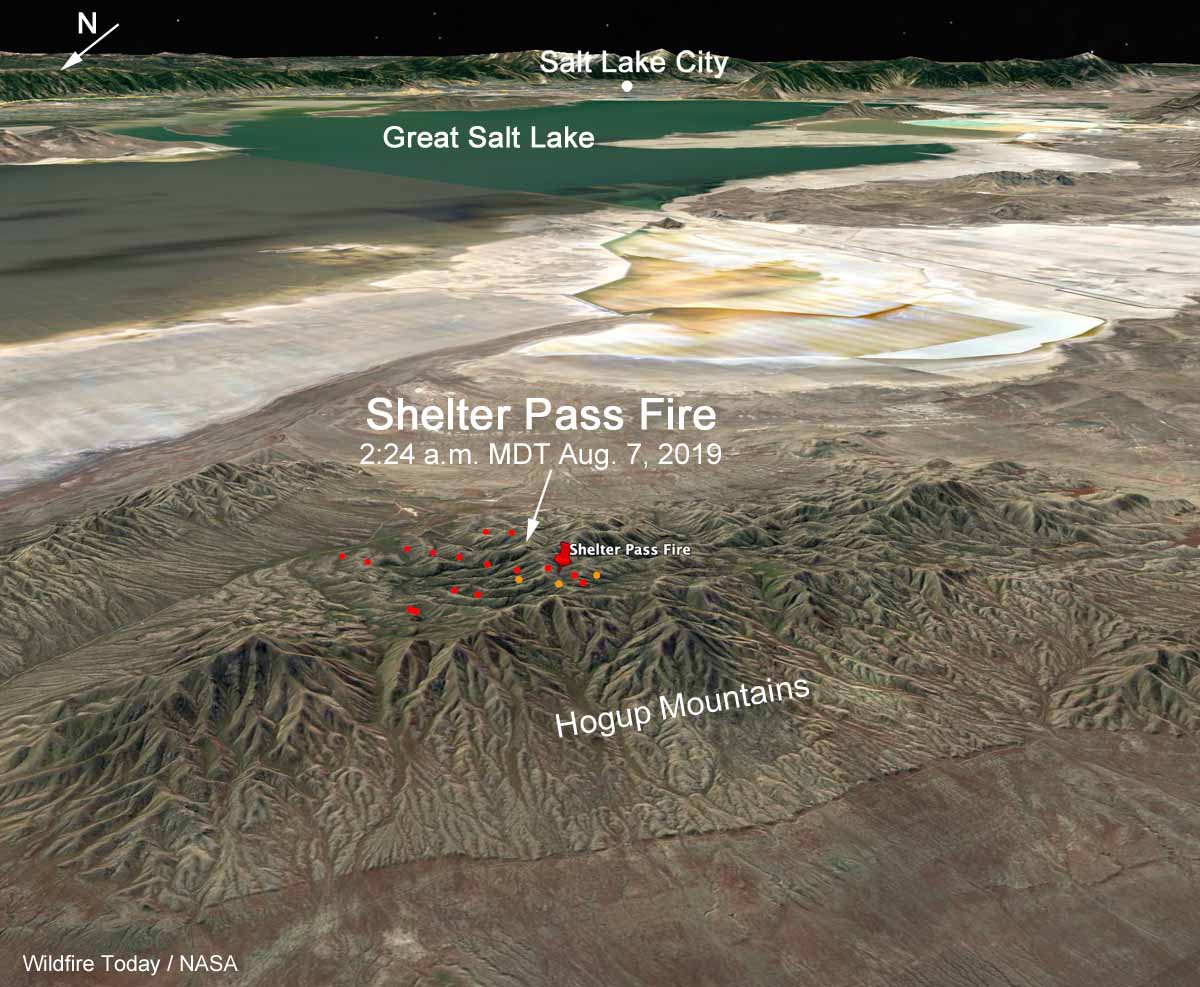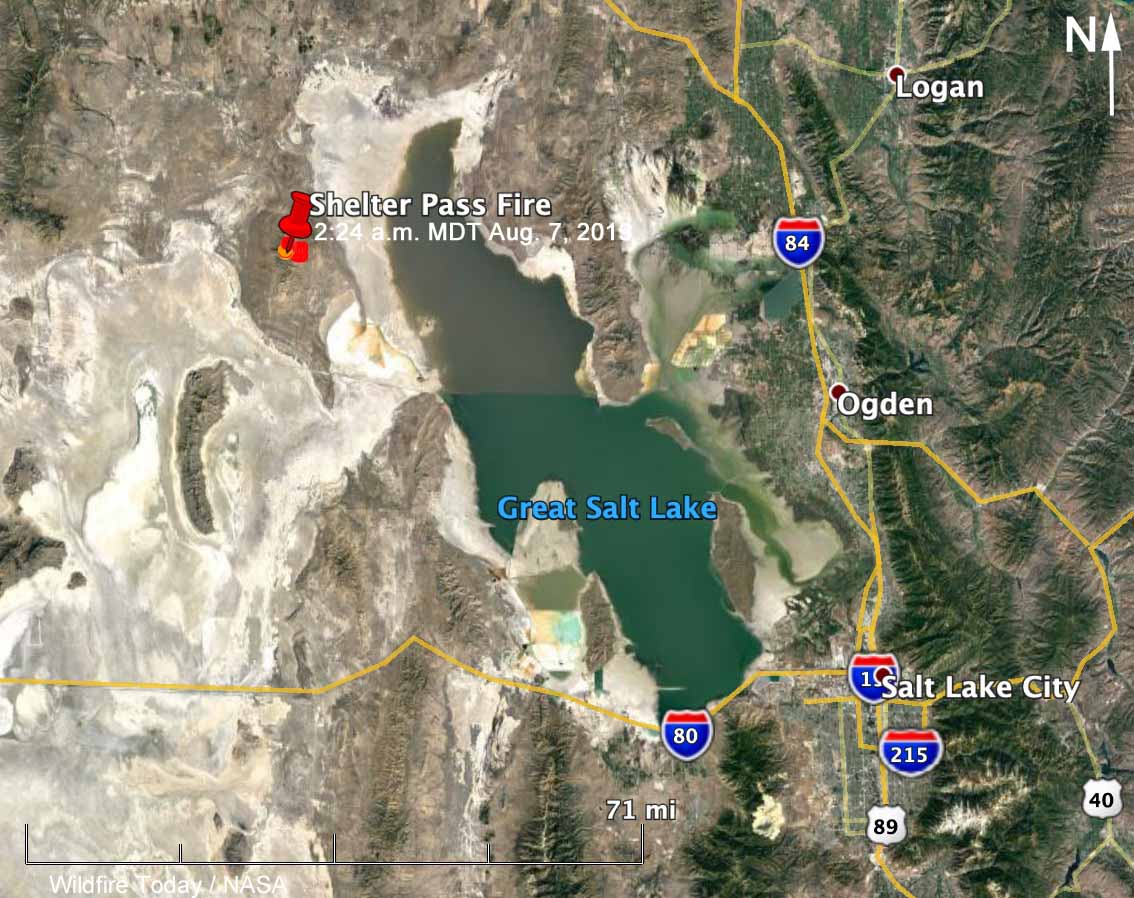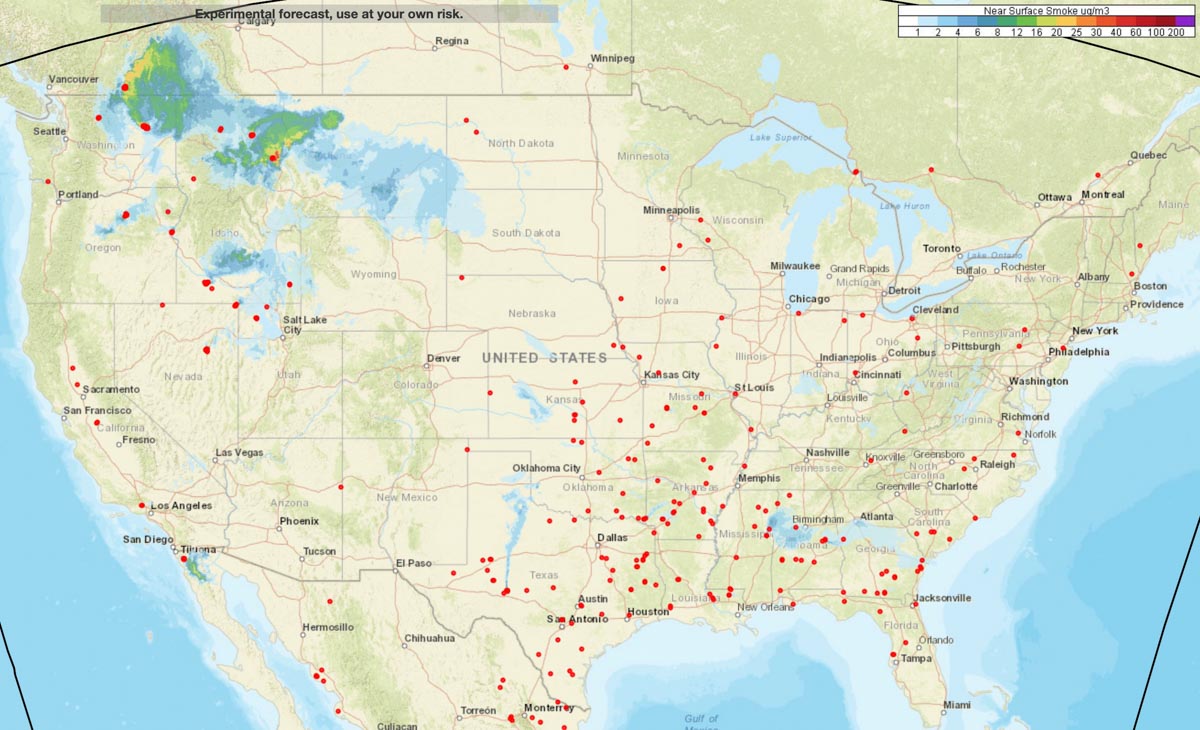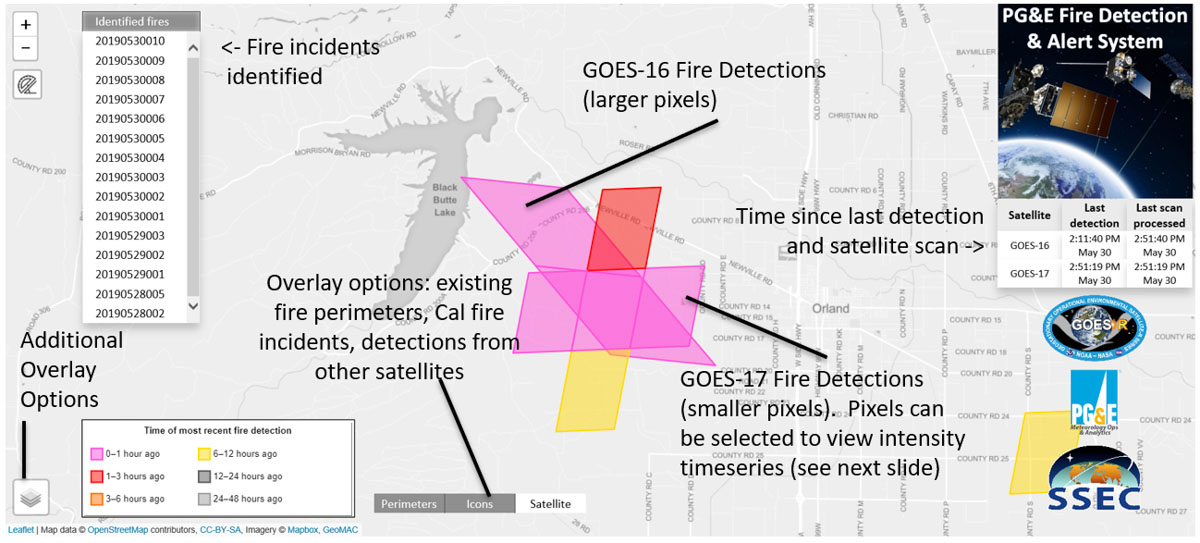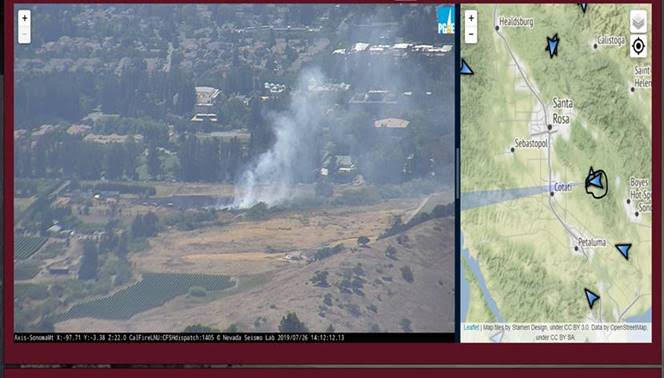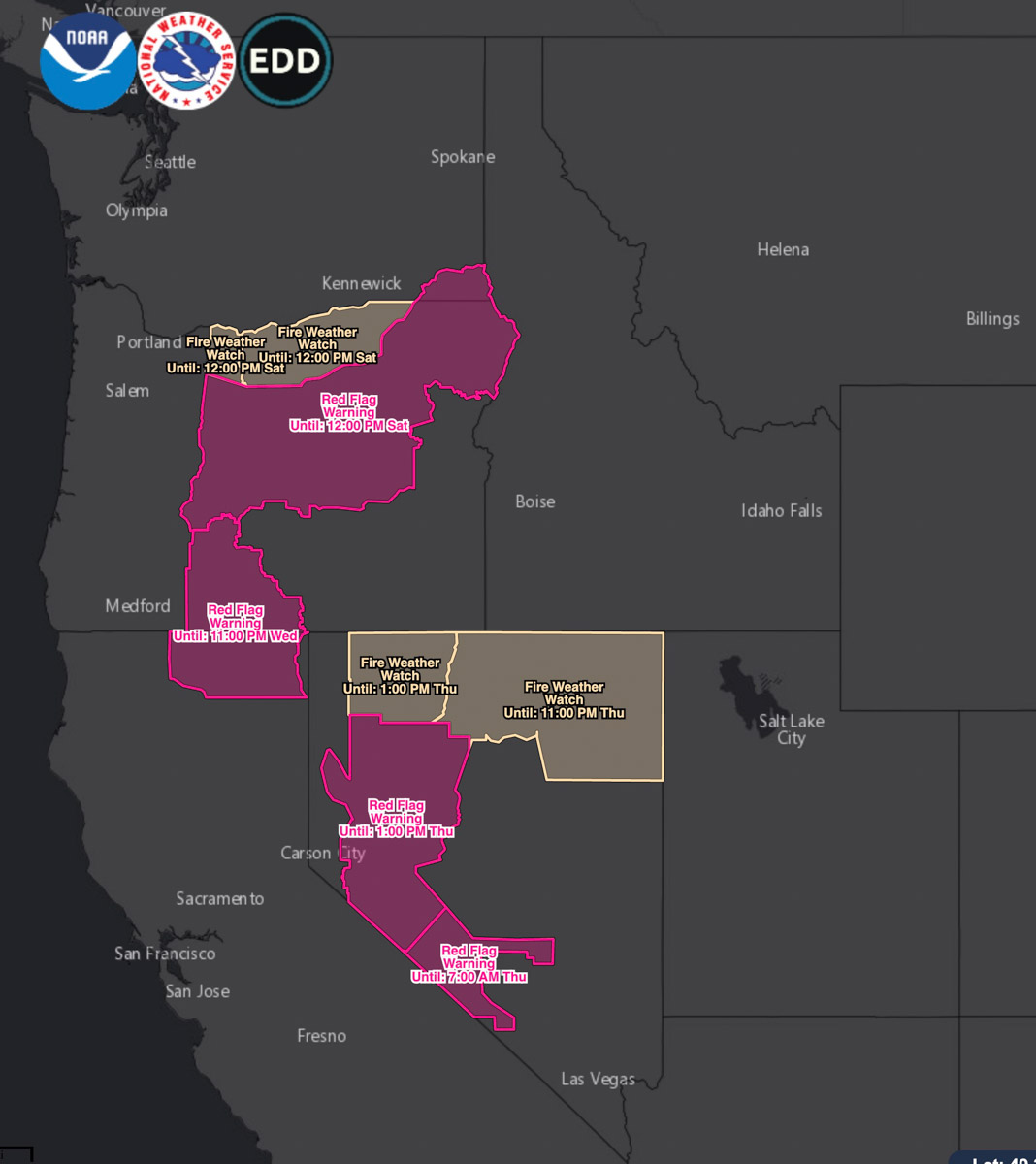Below are excerpts from a press release issued by the Los Angeles City Attorney, Mike Feuer August 5, 2019.
Los Angeles City Attorney Mike Feuer and Santa Barbara District Attorney Joyce Dudley announced they filed a joint enforcement action against wildfire home protection company, Sunseeker Enterprises, (DBA Sun FireDefense), and its owner, James Moseley, alleging false and misleading advertising claims about the effectiveness and environmental safety of its wildfire home protection product, SPF 3000 Clear Spray. SPF 3000 is advertised as a coating that can be applied to the exterior of a home to prevent it from catching fire and burning down, particularly in a wildfire.
“If you’re selling a product that you claim protects homes from wildfires, it better work as advertised. Lives depend on it,” said Feuer.
“If consumers falsely believe that their homes are protected from wildfires, when in fact they are not, those consumers could delay evacuation, placing their lives, the lives of their families and loved ones, and the lives of first responders at great risk,” Deputy District Attorney Christopher Dalbey said.
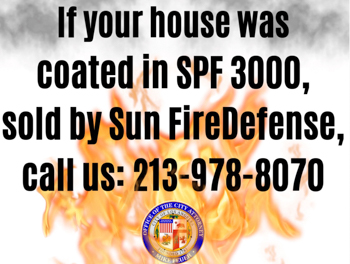
The joint enforcement action filed today arises from Sunseeker Enterprises’ alleged false and misleading television, print, and online advertisements along with advertisements on its website claiming that SPF 3000 Clear Spray “provides protection against heat and embers up to 3000 degrees Fahrenheit,” is “effective for 5+ years after a single application,” was developed “through collaboration with NASA and the U.S. Forest Service,” is “non-toxic to humans or animals,” and uses “[t]he best eco-friendly fire protection materials,” among other allegedly false and misleading claims.
Feuer and Dudley requested that Sunseeker Enterprises substantiate these and other claims and engaged a third-party expert to test a product sample, leading to a lawsuit alleging that SPF 3000 Clear Spray does not perform as advertised, if at all; contains ingredients that under California law are presumptively hazardous to human health and the environment; and wood treated with it did not perform markedly better than the untreated wood.
In addition, Feuer and Dudley allege that Sunseeker misleads consumers through the use of logos — such as the National Fire Protection Association, the National Fallen Firefighters Foundation, and other organizations — on its website and in marketing materials. Sunseeker has not provided documentation establishing endorsements from these organizations.
The above article was modified December 15, 2019 to make it clear that it consists of excerpts from a press release issued by the Los Angeles City Attorney, Mike Feuer August 5, 2019.

